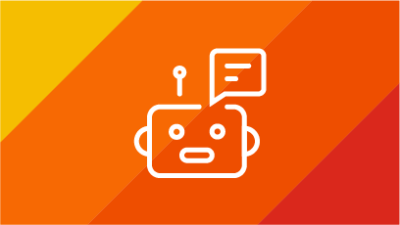What is Generative AI?
- RIT/
- Center for Teaching and Learning/
- Teaching/
- Generative AI in Teaching/
- What is Generative AI?
Generative AI is a category of tools backed by an artificial intelligence capable of generating output that is in many cases indistinguishable from content created by humans. The tools generally don't require any specialized knowledge in order to use them. To make these tools, an artificial intelligence is trained on a large amount of data, determines patterns in that data, then generates outputs based on the patterns (and may include programmatical adjustments from the tool's vendor).
Example Tools
There are many tools available that generate content in a variety of formats including text, images, audio, slides, and code. New tools are being developed all the time, and existing tools are being updated with new features. Below are some examples of AI-generating tools and their focus:
- Microsoft Copilot: Generates text or images from text prompts or image prompts. Additional generative capabilities within Microsoft Office are available to certain accounts.
- Google Gemini: Generates text or images from text prompts or image prompts.
- Adobe Firefly: Generates images from text prompts. Generates alterations to images from text prompts or image context.
- Adobe AI Assistant: Generate a summary of a document or ask questions about a document using text prompts.
- Zoom AI Assistant: Generate meeting summaries and other features.
- DALL-E: Generates images from text prompts.
- Stable Diffusion: Generates images from text prompts.
- ChatGPT: Generates text or images from text prompts or image prompts (depending on the version).
- Claude: Generates text from text prompts.
- GitHub Copilot: Generates code while writing code in popular code editors.
Learn More
The following resources can help you start reflecting upon and adapting your teaching approaches and practices in light of quickly developing generative AI capabilities. This guidance will likely change as these technologies, and how we address them, continue to evolve.
- GenAI Syllabus Statement Guidance
- Equity, Privacy and Other Concerns With Generative AI
- Course Activities Designed for Authentic Student Work
- Student Activities Using Generative AI
- Using AI to Generate Instructional Materials
You can also explore RIT's Talent Roadmap for general learning opportunities about generative AI.
Last Updated: 4/29/2024





